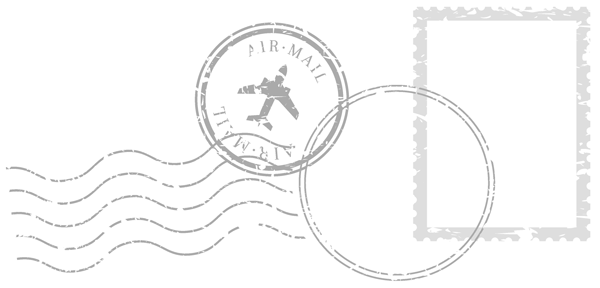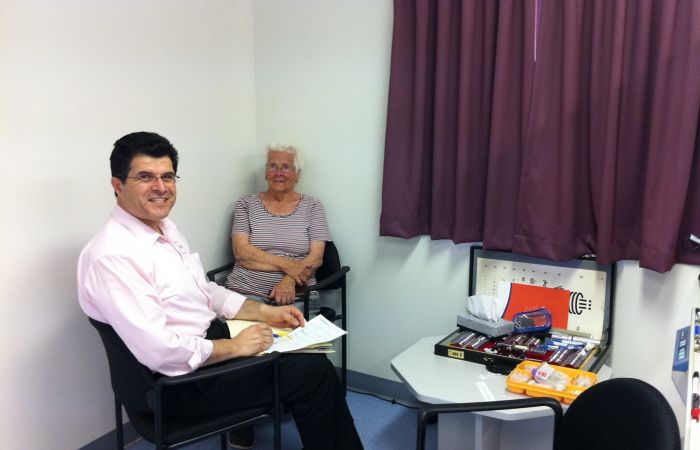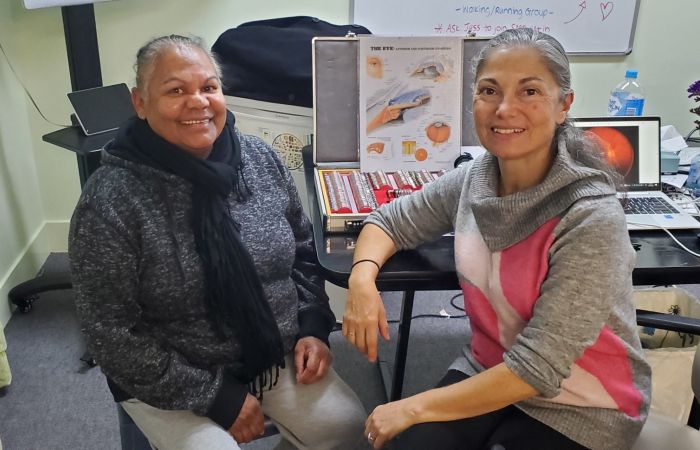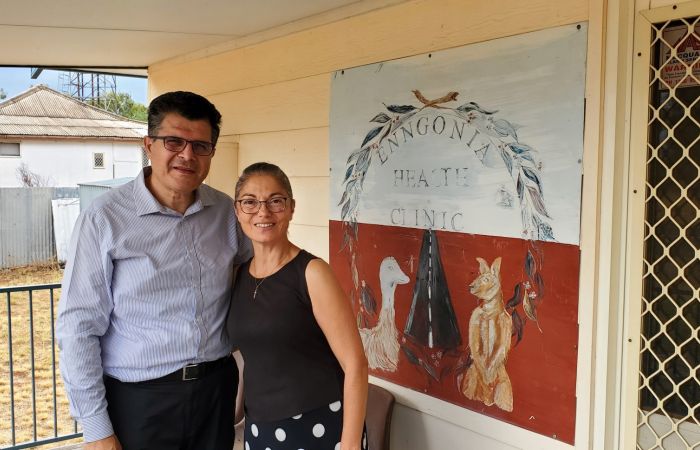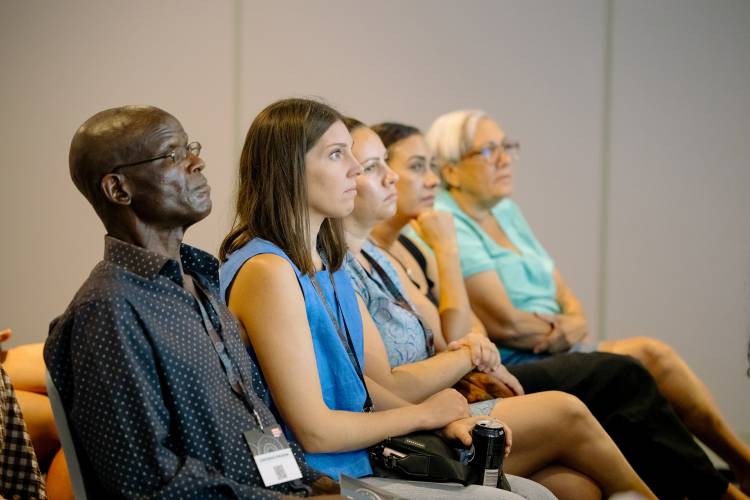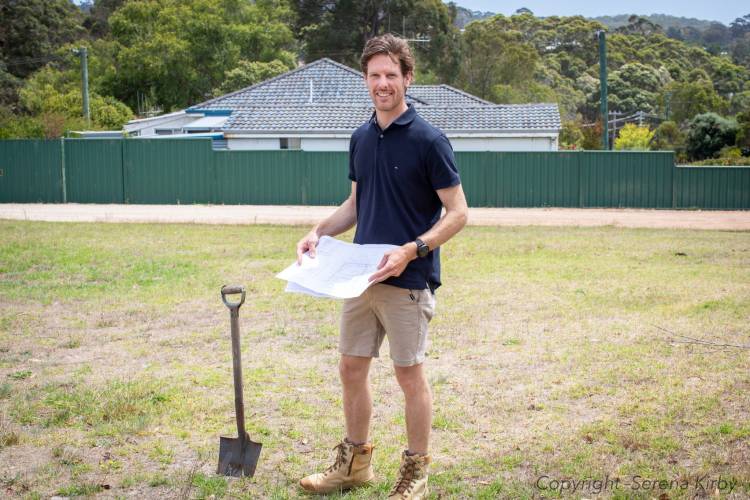Indigenous Eye Health
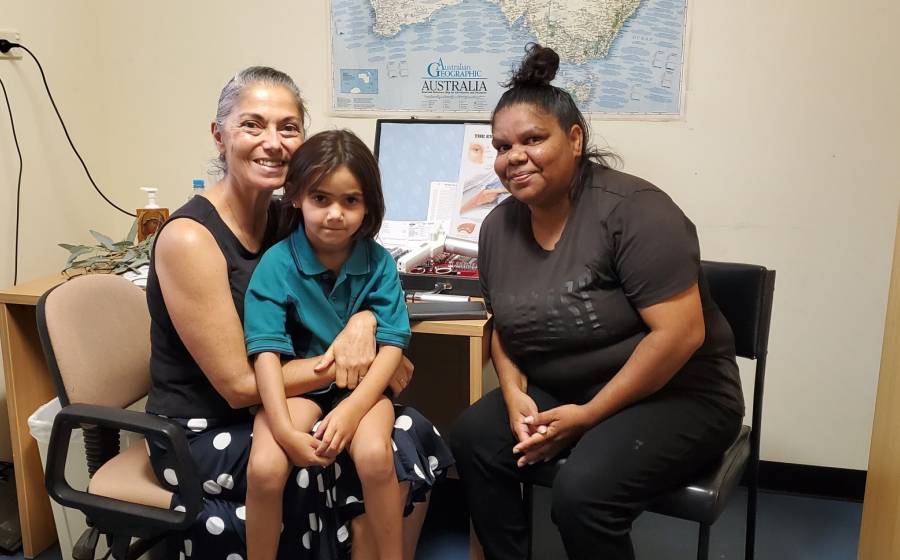
Indigenous Eye Health
This approach aims to streamline service delivery and enhance access to bulk-billed ophthalmology and optometry clinics for Indigenous patients. Additionally, the meetings aim to improve referral pathways to public surgery, ensuring timely and effective treatment.
Community-driven solutions at the local level have become a driving force in reducing avoidable blindness amongst Aboriginal and Torres Strait Islander people in NSW. Recognising the need to increase access to eyecare services and reduce the prevalence of blindness, the Aboriginal Eye Health Coordination Programme (AEHC) was established with a clear aim: to improve the coordination and integration of eyecare services for Indigenous patients.
RDN receives Federal funding from the DoHAC to conduct coordination and facilitation of the AEHC program. The program’s approach focuses on fostering collaboration between communities and ensuring culturally safe and appropriate services. To achieve this, regional eye health stakeholder meetings are held across various regions in NSW, facilitated by a dedicated project officer. These meetings provide an opportunity for all stakeholders to come together, enabling discussion and collaboration that were previously limited by time constraints and few opportunities.
The importance of these meetings became evident as communities identified gaps and fragmented services, duplication of services and inefficiencies. The mapping of eye health services identifies areas of underutilisation or overprescription of services. This approach aims to streamline service delivery and enhance access to bulk-billed ophthalmology and optometry clinics for Indigenous patients. Additionally, the meetings aim to improve referral pathways to public surgery, ensuring timely and effective treatment.
The key to the success of the community meetings is that they are locally driven.
Understanding that there is no ‘one size fits all’ solution, communities actively engage in understanding the unique challenges, barriers and gaps in their respective regions. The localised approach has enabled the development of locally relevant solutions tailored to the needs of the community.
Regular regional eye health stakeholder meetings are currently conducted in Far West NSW, Western NSW, Southern NSW, and the New England, with others in the pipeline. This allows stakeholders in each region to collaborate, share expertise, and collectively promote regional eye health initiatives.
By bringing diverse perspectives to the table, these meetings have facilitated the establishment of stronger relationships amongst stakeholders and improving the eye health of their Aboriginal and Torres Strait Islander patients.
The impacts of these stakeholder-driven solutions have extended beyond the meeting rooms. Through their collective efforts, barriers have diminished and access to eye care services is improving for Indigenous communities across NSW.
If you would like to discuss coordination of eye health services in your region, contact the RDN Outreach team at outreach@nswrdn.com.au.
Learn More
